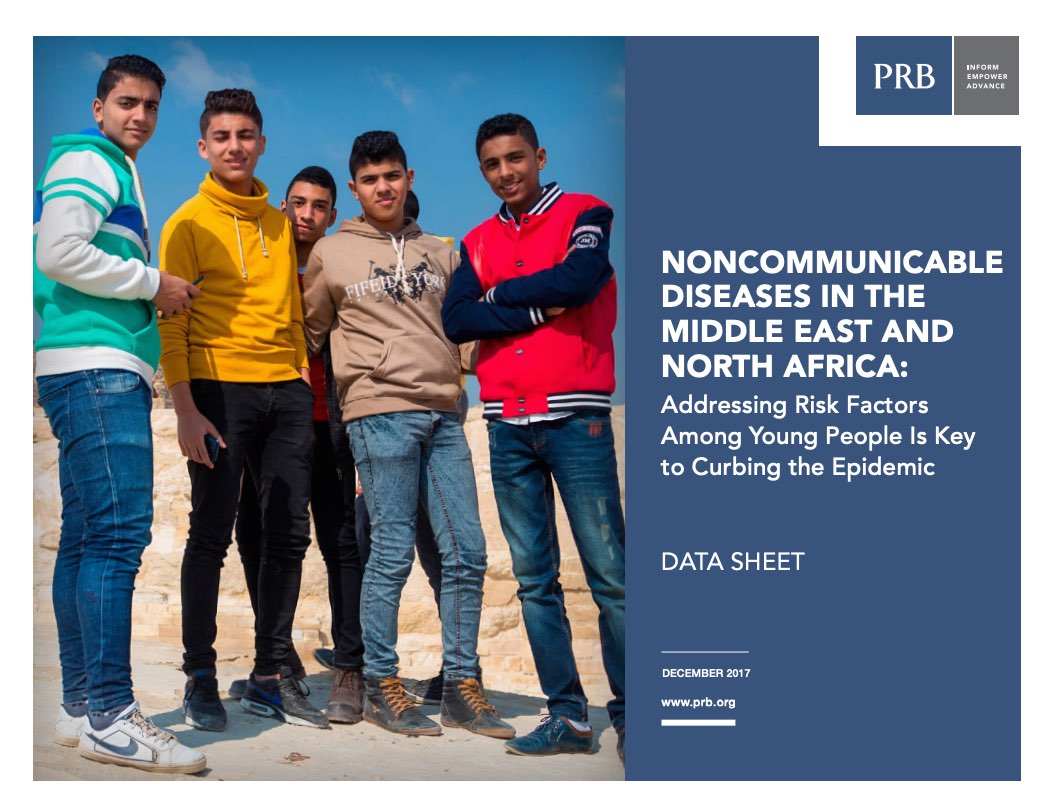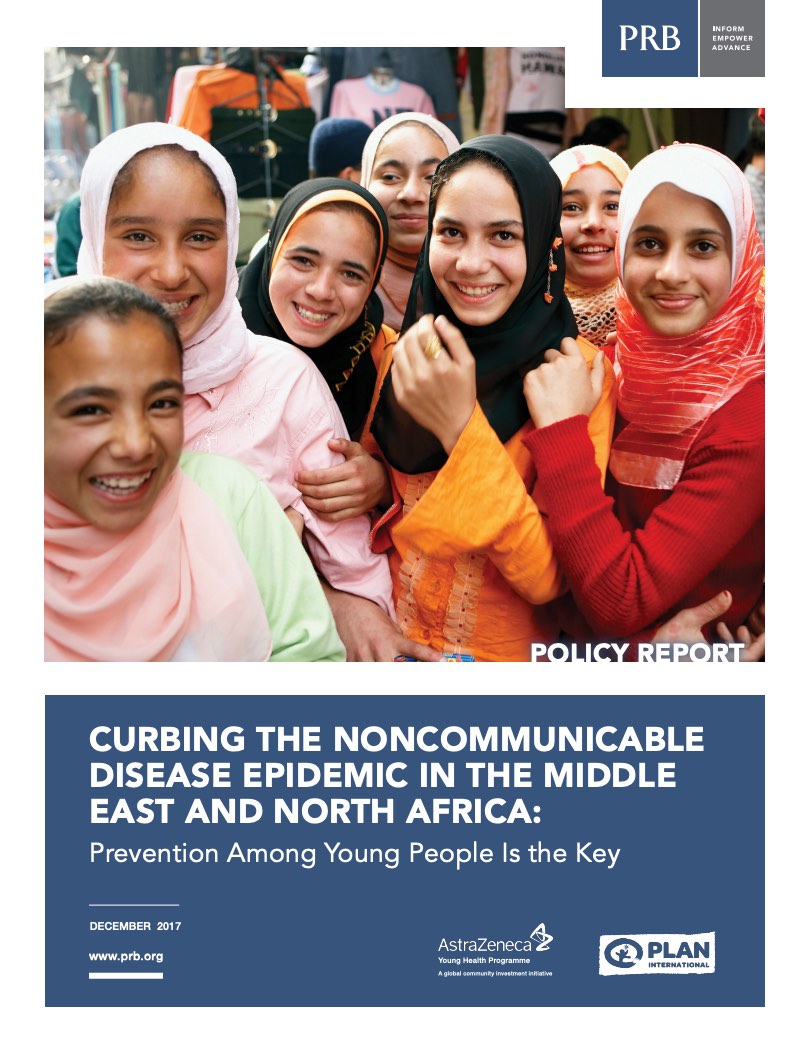Project: Combatting Noncommunicable Disease Risk Factors in Youth
Data Sheet (PDF): Noncommunicable Diseases in the Middle East and North Africa
(2017) Addressing Risk Factors Among Young People Is Key to Curbing the Epidemic

Project: Combatting Noncommunicable Disease Risk Factors in Youth
(2017) Addressing Risk Factors Among Young People Is Key to Curbing the Epidemic
Project: Demography and Economics of Aging and Alzheimer’s Disease
In 2010, more than one in eight U.S. adults ages 65 and older were foreign-born, a share that is expected to continue to grow. The U.S. elderly immigrant population rose from 2.7 million in 1990 to 4.6 million in 2010, a 70 percent increase in 20 years.
(2003) The United States adopts more children from abroad than any other country. The number of foreign children adopted by U.S. parents has increased sharply, and nearly doubled during the 1990s.

Project: Combatting Noncommunicable Disease Risk Factors in Youth
Preventing risk behaviors among young people is key to curbing the noncommunicable disease (NCD) epidemic in the Middle East and North Africa (MENA), according to a new set of PRB publications.
( 2005) Concentrated poverty—often defined as the number of people living in neighborhoods with poverty rates exceeding 40 percent—fell substantially in the United States in the 1990s, according to a new report by the U.S. Census Bureau.
(2002) In the United States, efforts to stop terrorism and restore economic growth have superseded the Social Security issue for the past several months. But the clock keeps ticking, and baby boomers are nearing retirement.
(2006) Although mental health is a sensitive topic the world over, the prevalence of mental illness and its consequences can no longer be overlooked. While mental disorders include a range of illnesses (such as anxiety, schizophrenia, and autism), depression is the most common and is pervasive worldwide.

Reshma Naik, PRB senior policy analyst, was a guest on Julie Rose's podcast "Top of Mind" to discuss noncommunicable diseases (NCDs).
(2003) In only 20 years, HIV/AIDS has developed into the most devastating epidemic the world has faced. Forty million individuals worldwide live with HIV/AIDS and millions more individuals, families, children, and communities affected by HIV/AIDS face multiple challenges.1 Yet while many countries continue to experience increasing HIV prevalence rates, Cambodia appears to be making progress.
(2012) Noncommunicable diseases (NCDs), also referred to as chronic diseases, are the leading causes of death worldwide.